WASHI-MAKING FOR BOOK COVER
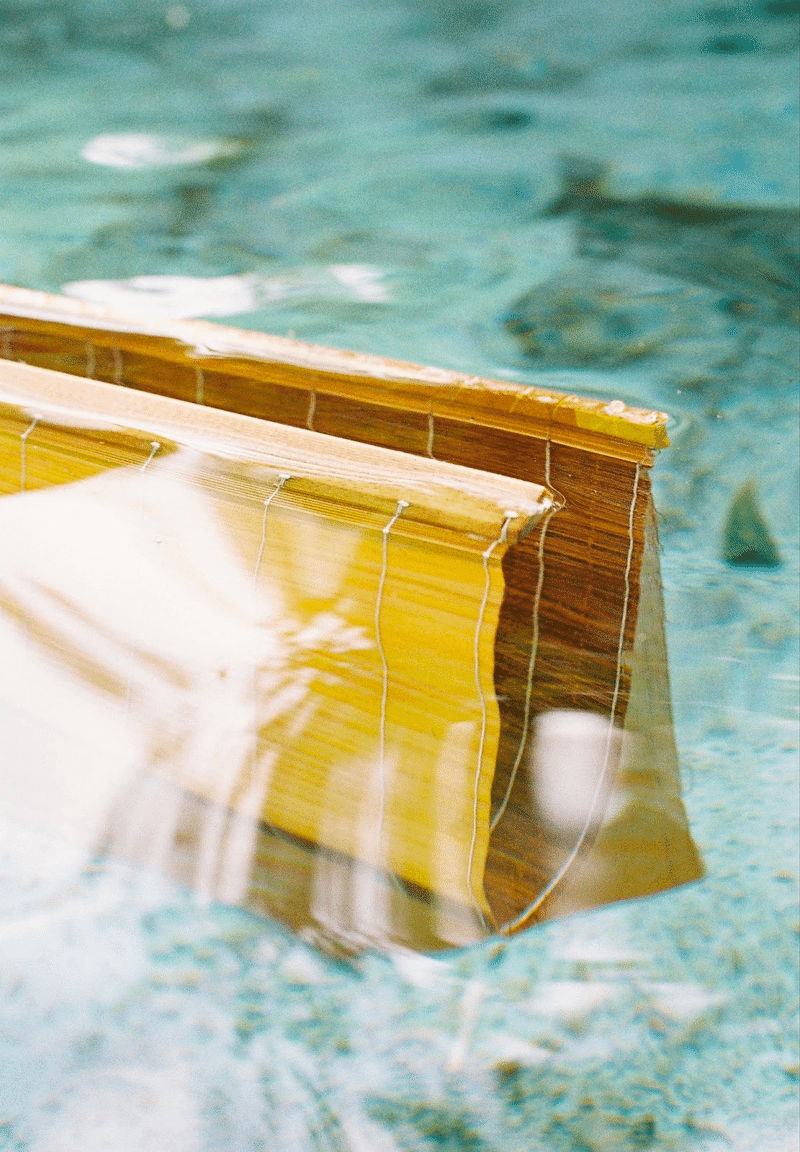
I traveled to Mino, Gifu Prefecture, reowned for its long history of washi paper dating back to the Nara Period (710-794), to personally craft washi for the cover of my book.
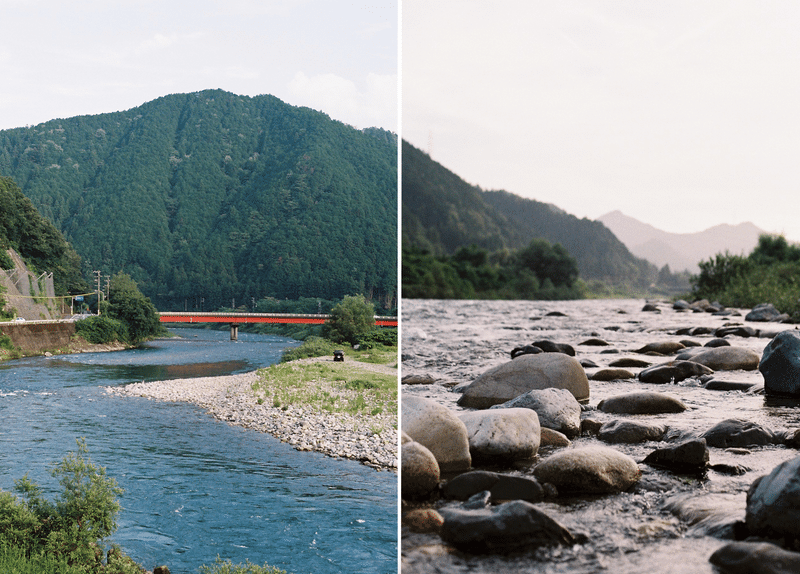
Deciding on the colour, thickness, material, pattern and layers.

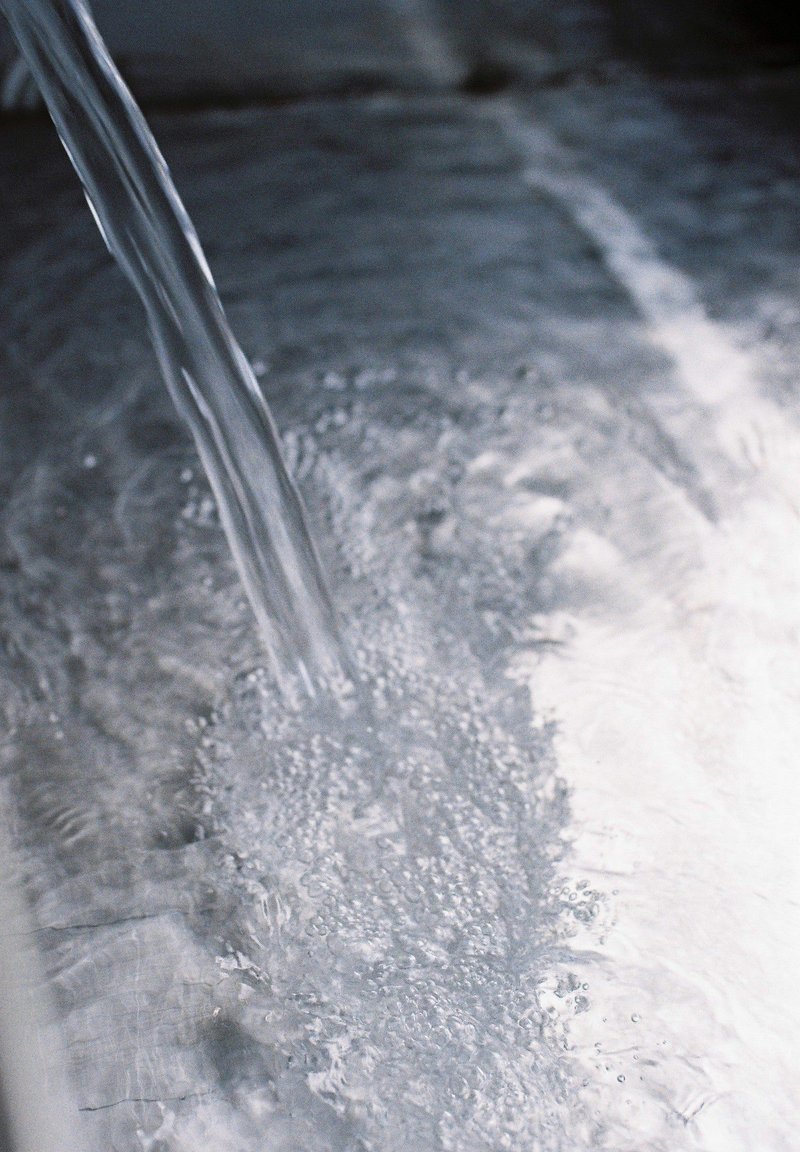 Adding water into the tank.
Adding water into the tank.
Kozo serves as the primary material for washi, transforming into shirokawa through the process of steaming.
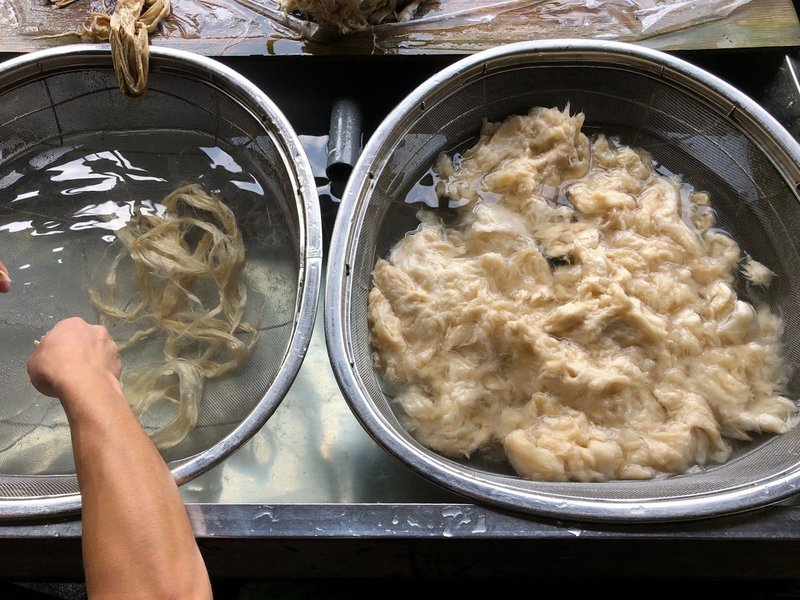 Chiritori is the method of removing non-fiber elements by washing them away in an alkaline solution.
Chiritori is the method of removing non-fiber elements by washing them away in an alkaline solution.
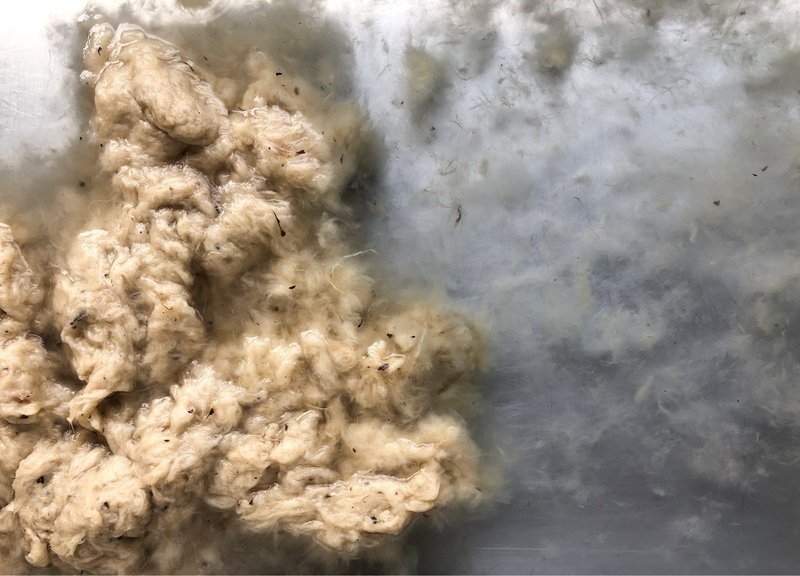 Adding kozo into the tank.
Adding kozo into the tank.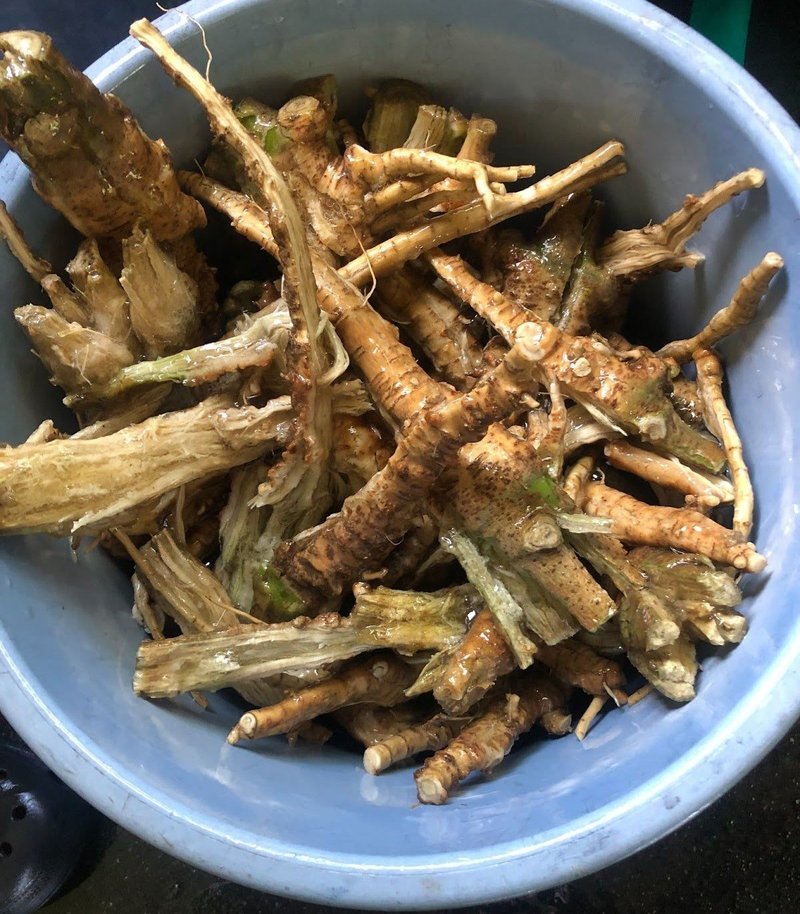
Tororo is a starchy substance obtained from the roots of certain plants, its liquid serves as a natural adhesive in the process of making washi. It helps bind the fibers together, contributing to the strength and cohesion of the final paper product.
 Mixing well in a circular motion.
Mixing well in a circular motion. 
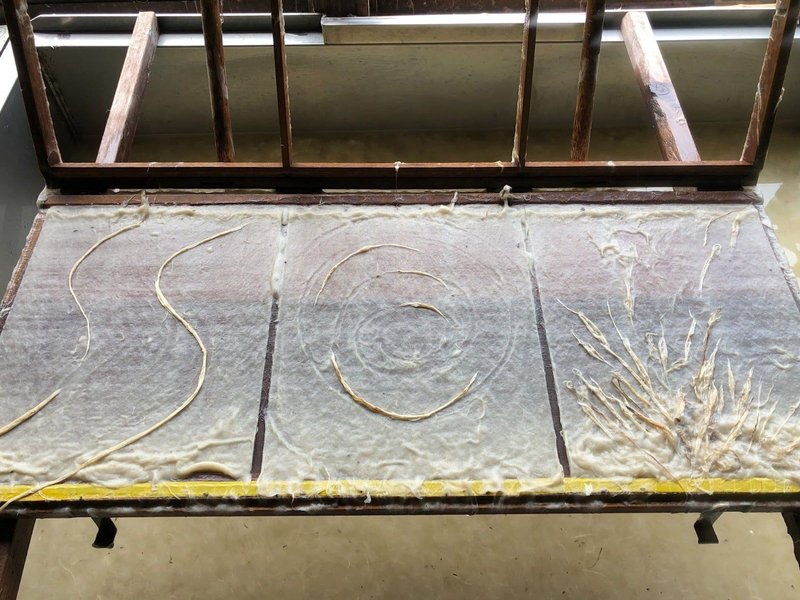 flow・cycle・chaos
flow・cycle・chaos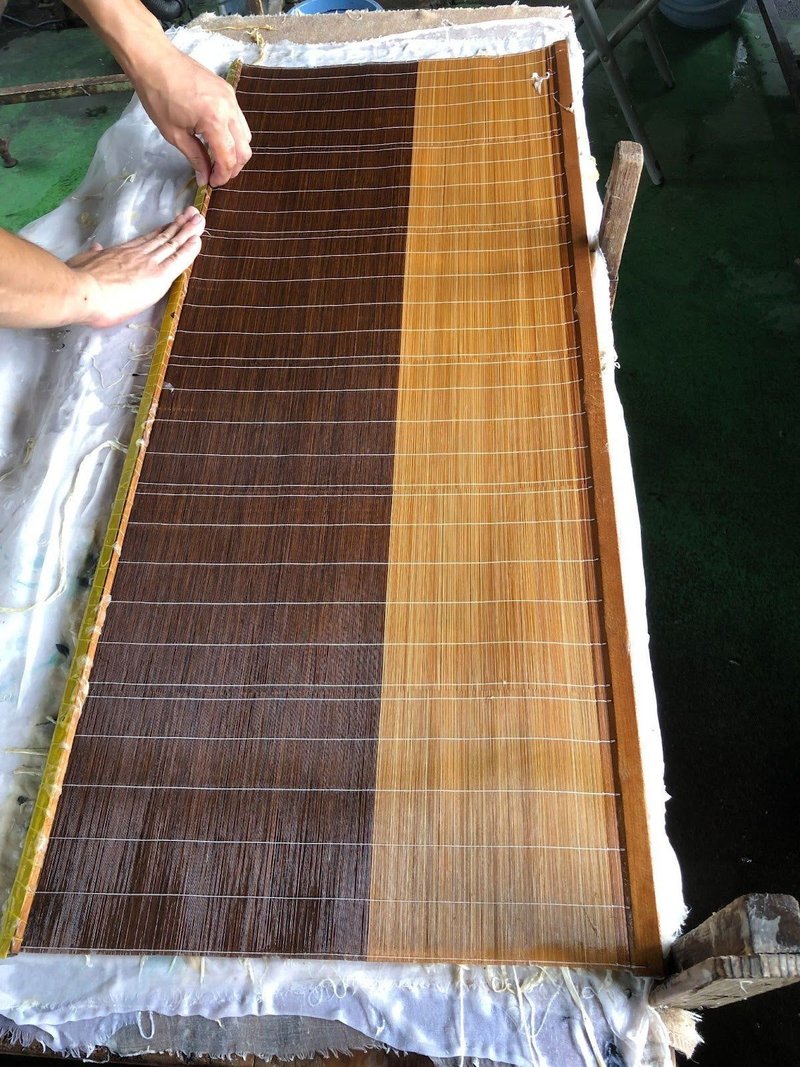
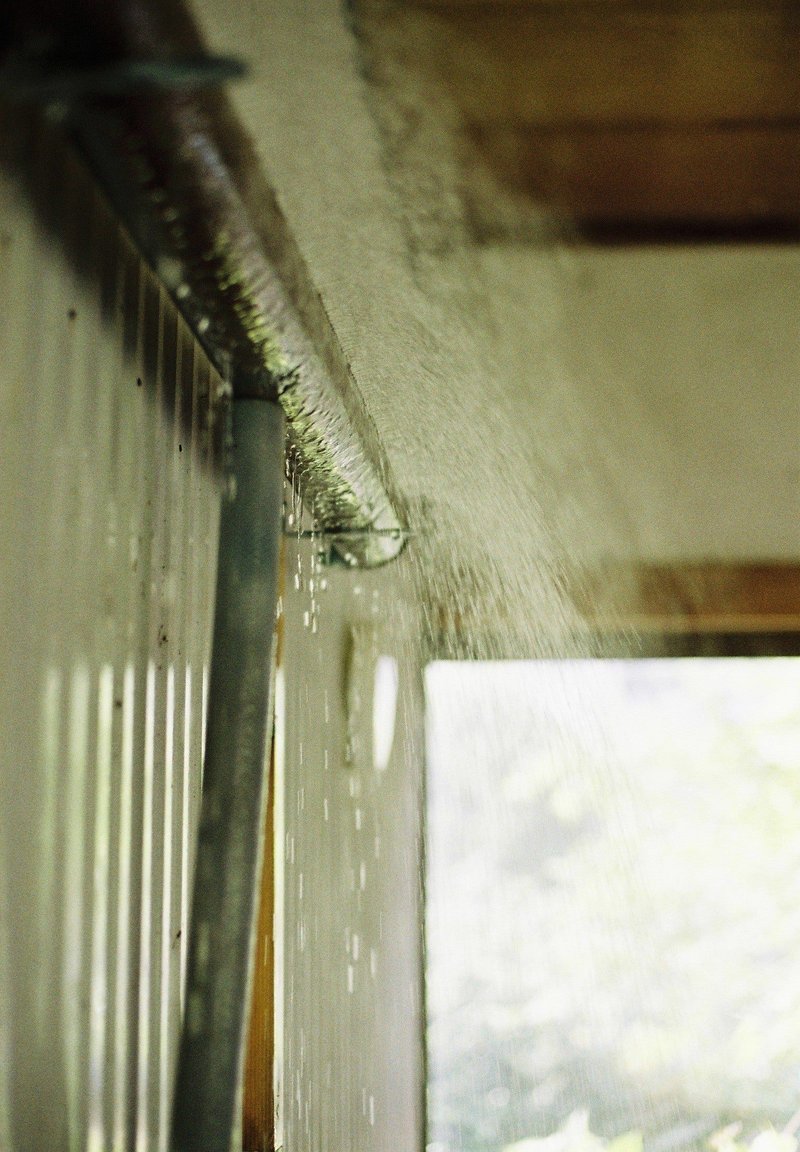 After colouring, you can add another layer of textured pattern with water droplets.
After colouring, you can add another layer of textured pattern with water droplets. Example - Suzuki-san's book
Example - Suzuki-san's book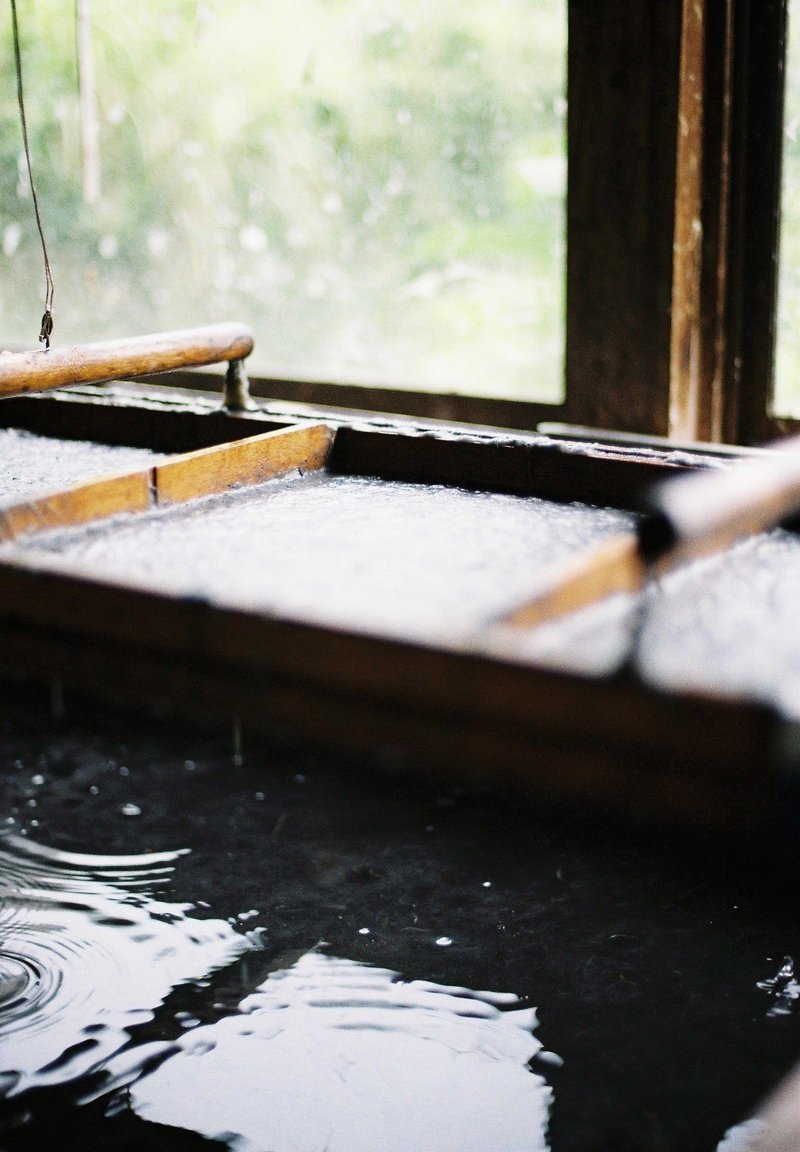 The remaining raw materials are strained and then mixed with charcoal. Let it sit for a while and the fibres build up to make a strong washi paper.
The remaining raw materials are strained and then mixed with charcoal. Let it sit for a while and the fibres build up to make a strong washi paper.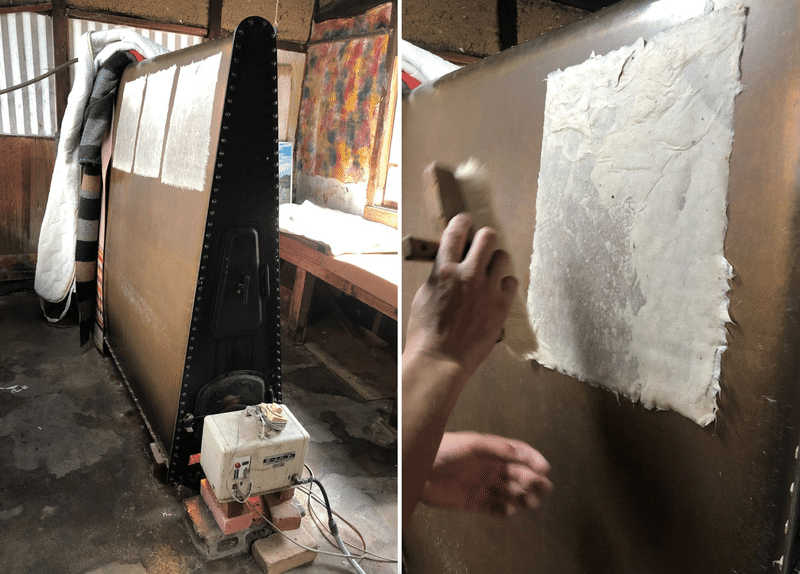 Right before I left, I asked Senda-san “when the papers are dried, the colours will deepen right?”
Right before I left, I asked Senda-san “when the papers are dried, the colours will deepen right?”“No, it will only get lighter.”
“... Apart from tororo, what else can I use at home?”
“Okra” is like the cousin of tororo.

The vibrant colours that I imagined all day long vanished, “I should've used this colour, I should've done this or that”, I was powerless like a flat tire.